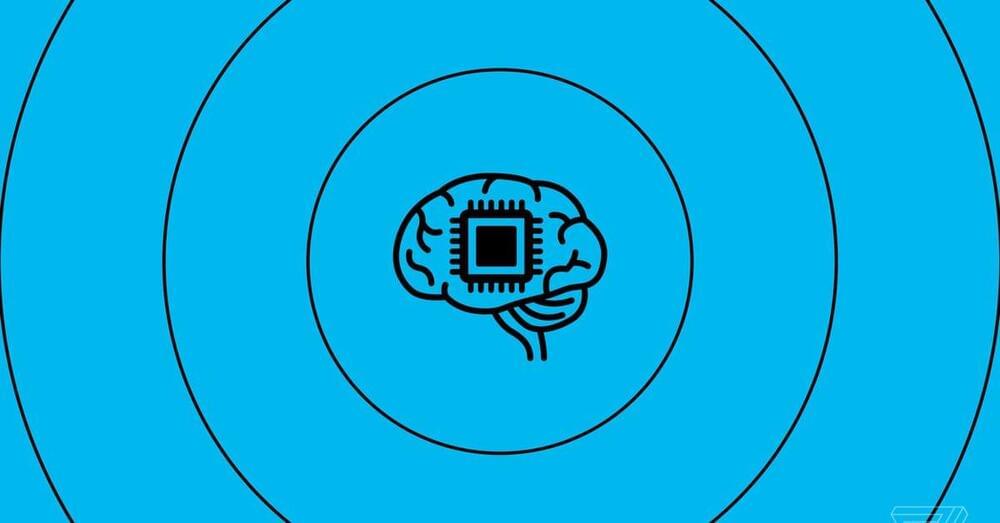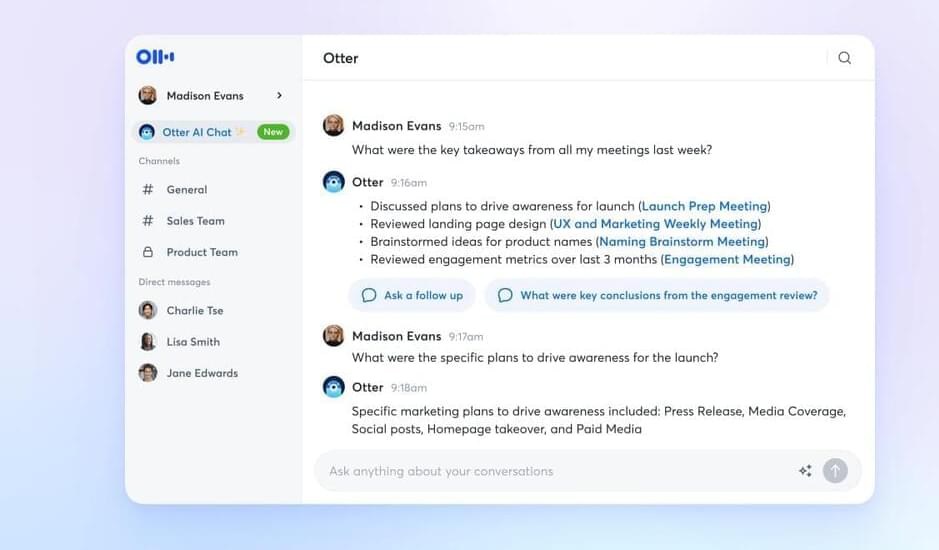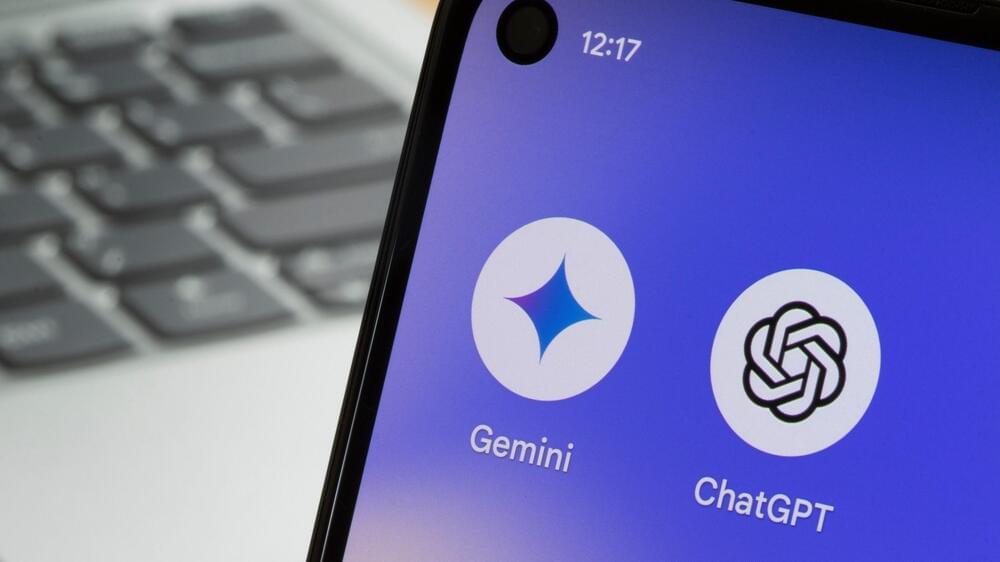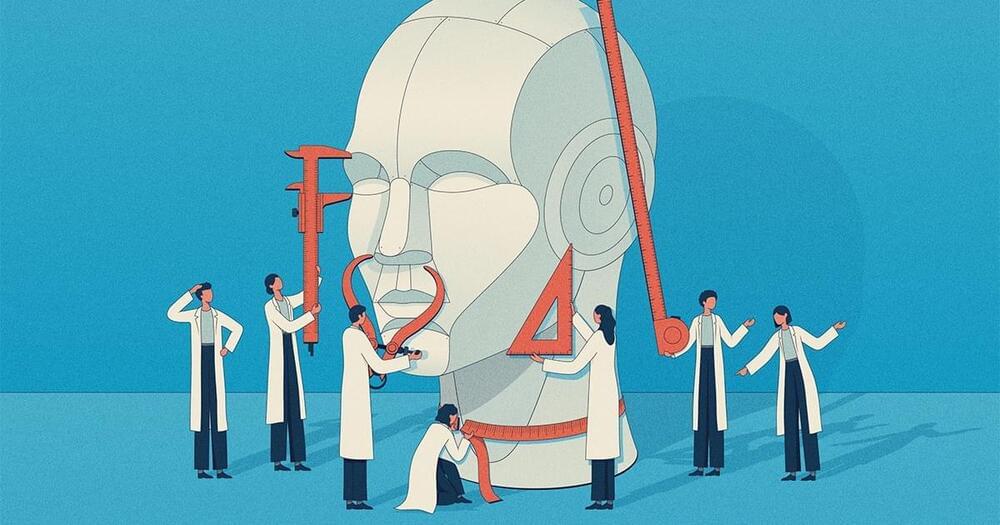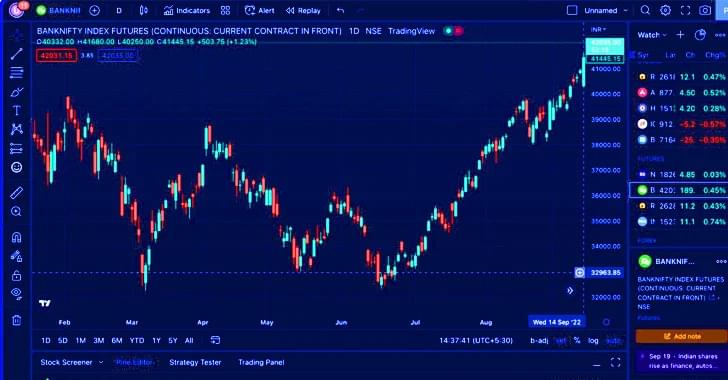Big Tech is also throwing its weight behind a promising technical standard that could add a “nutrition label” to images, video, and audio. Called C2PA, it’s an open-source internet protocol that relies on cryptography to encode details about the origins of a piece of content, or what technologists refer to as “provenance” information. The developers of C2PA often compare the protocol to a nutrition label, but one that says where content came from and who—or what—created it. Read more about it here.
On February 8, Google announced it is joining other tech giants such as Microsoft and Adobe in the steering committee of C2PA and will include its watermark SynthID in all AI-generated images in its new Gemini tools. Meta says it is also participating in C2PA. Having an industry-wide standard makes it easier for companies to detect AI-generated content, no matter which system it was created with.
OpenAI too announced new content provenance measures last week. It says it will add watermarks to the metadata of images generated with ChatGPT and DALL-E 3, its image-making AI. OpenAI says it will now include a visible label in images to signal they have been created with AI.

